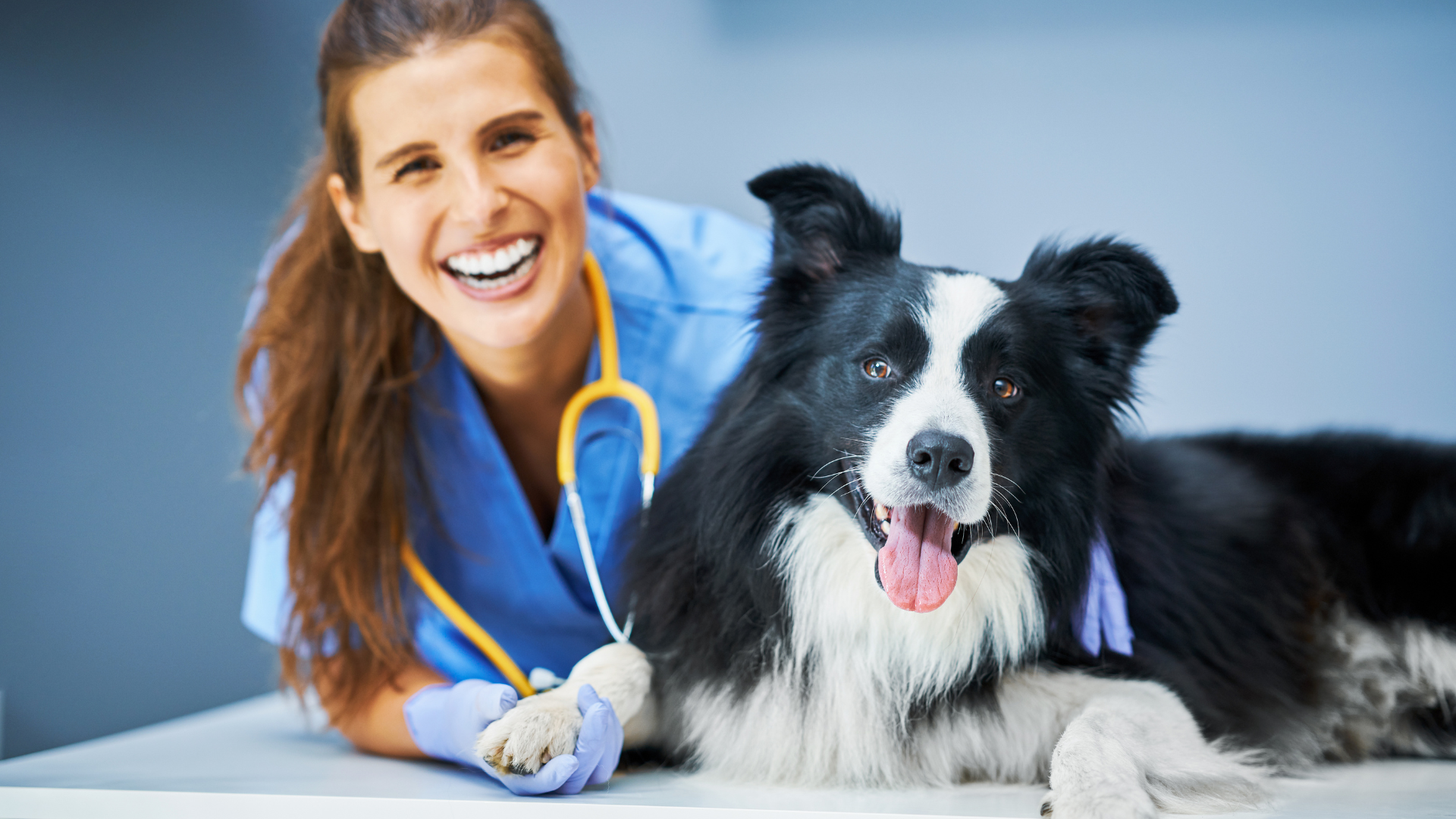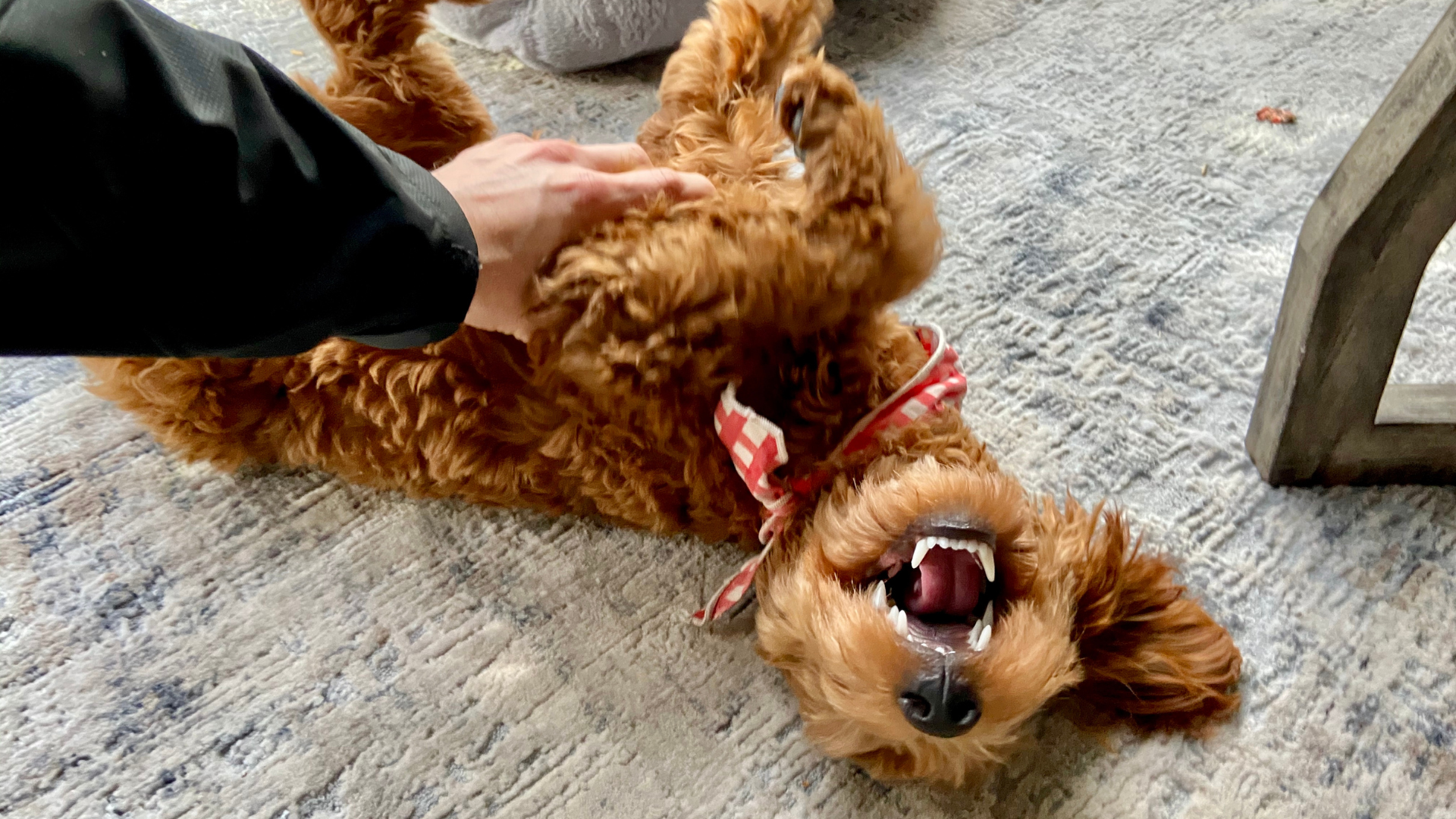In the YouTube video titled "10 Signs of Pain in Dogs", posted by the AnimalWised channel, a crucial message is shared about the often-overlooked issue of chronic pain in dogs. According to veterinary studies cited in the video, over 80% of dogs experiencing chronic pain don’t show obvious signs of suffering, making it harder for owners to recognize when their pets are in distress. This subtle pain can go unnoticed, which is why it’s vital for pet owners to be aware of the more subtle symptoms that indicate their dog may be in pain. In this blog post, we will break down the ten signs of pain in dogs presented in the video, helping you stay vigilant and proactive when it comes to your dog’s health.
Understanding the Silent Pain: Why Dogs Hide Their Discomfort
Dogs are known for their stoic nature, and many tend to mask their discomfort in order to avoid appearing vulnerable. This behavior can make it difficult for pet owners to identify when their dogs are in pain. Often, pain manifests in behavioral and physical changes that are easy to miss unless you're paying close attention. Understanding these signs can ensure your dog receives the veterinary care they need in a timely manner, potentially improving their quality of life.
10 Key Signs That Your Dog May Be in Pain
Let’s explore the ten signs of pain in dogs that AnimalWised highlights in their video:
Behavioral Changes
One of the first signs that a dog may be in pain is a change in behavior. Pain can cause a dog to become sullen, withdrawn, and avoid physical contact. They may also exhibit irritability, and aggression can occur if a painful area is touched. It’s important to observe any sudden shifts in behavior, as these could indicate that your dog is trying to protect themselves from discomfort.
Decreased Appetite
A sudden loss of appetite, particularly if it lasts more than 24 hours, is a red flag for potential pain. Pain can cause nausea or fatigue, which may make your dog less interested in food. If your dog isn’t eating normally, it’s worth consulting with your veterinarian to rule out underlying health issues.
Excessive Licking of a Specific Area
If your dog starts licking a specific part of their body repeatedly, such as their paws or abdomen, this may be a sign of localized pain. Dogs often lick painful areas as a self-soothing mechanism. However, excessive licking can lead to wounds or infections, exacerbating the issue. Regular monitoring is essential to ensure this behavior doesn’t cause further complications.
Crying, Whining, or Growling
Dogs in pain may vocalize more frequently, whether they’re moving or resting. Crying, whining, or growling when touched, particularly around sensitive areas, can be a plea for help rather than an expression of aggression. If you hear these sounds, especially when interacting with your dog, take it as a signal that something is wrong.
Unusual Postures
Pain can cause dogs to change their posture in an attempt to minimize discomfort. You may notice your dog hunching over, adopting rigid postures, or avoiding bearing weight on certain limbs. Difficulty lying down, standing up, or maintaining balance are also significant signs that your dog may be in pain.
Excessive Panting for No Apparent Reason
Panting is a normal response to heat or exercise, but if your dog is panting excessively without either of these triggers, it could be a sign of pain. If your dog’s panting is persistent at rest, it’s important to observe for other signs and seek veterinary advice if necessary.
Rapid or Labored Breathing
Pain, particularly severe or chronic pain, can lead to rapid or labored breathing. If your dog’s breathing becomes unusually fast or difficult, and is accompanied by lethargy, a dull gaze, or unresponsiveness, it could indicate significant discomfort. This is a serious symptom that requires immediate veterinary attention.
Tremors
Trembling or shivering, not caused by cold or anxiety, may indicate pain, particularly in the muscles, joints, or gastrointestinal system. If your dog is shivering and also hiding, or seems unresponsive, it’s time to get in touch with your vet immediately.
Sleep Disorders
Pain can interfere with your dog’s ability to sleep peacefully. If your dog is suddenly sleeping more than usual or frequently changing positions while resting, this may suggest they are struggling to find a comfortable position due to pain.
Limping or Stiffness When Walking
One of the most noticeable signs of pain is limping. Dogs may still play or engage in activities despite pain, but they may avoid activities that require jumping or climbing stairs. If your dog seems to be favoring a limb, or if you notice stiffness in their movements, this could indicate pain in the joints, muscles, or bones.
When to Seek Veterinary Care
While these signs can often be subtle, it’s important not to dismiss them. Many dogs can still be active and seem relatively normal, even when experiencing pain. If any of these symptoms persist, especially when accompanied by behavioral changes or signs of distress, it’s crucial to consult with a veterinarian. Early detection and treatment can greatly improve your dog’s well-being and prevent further complications.
Helping Your Dog Stay Comfortable at Home
In addition to veterinary care, creating a comfortable living environment for your dog is essential. If your dog suffers from joint or muscle pain, they may benefit from a clean, soft resting area. Regular cleaning with products like Carpet Deodorizers can help reduce allergens and create a more comfortable environment for your pet. Our Laundry Powders are also perfect for keeping your dog’s bedding and toys fresh and free from odors that might cause discomfort.
Additionally, if you’re looking for a versatile cleaning solution to maintain a healthy environment, consider our All-Purpose Cleaner. Whether you’re cleaning surfaces where your dog rests or keeping their living area hygienic, our products help ensure your dog’s home remains clean, fresh, and comfortable.
Conclusion: Be Vigilant and Responsive to Your Dog’s Pain
Understanding the signs of pain in dogs is crucial for ensuring their health and happiness. Dogs can be experts at hiding their discomfort, so being vigilant about subtle behavioral and physical changes is key to catching problems early. If you notice any of the ten signs discussed in the video by AnimalWised, take them seriously and consult with your veterinarian. By being proactive in recognizing pain, you can help your dog lead a more comfortable, pain-free life. And don’t forget—creating a clean and nurturing environment, with the right products like those from Good Natured Brand, can make a big difference in your dog’s well-being.


















